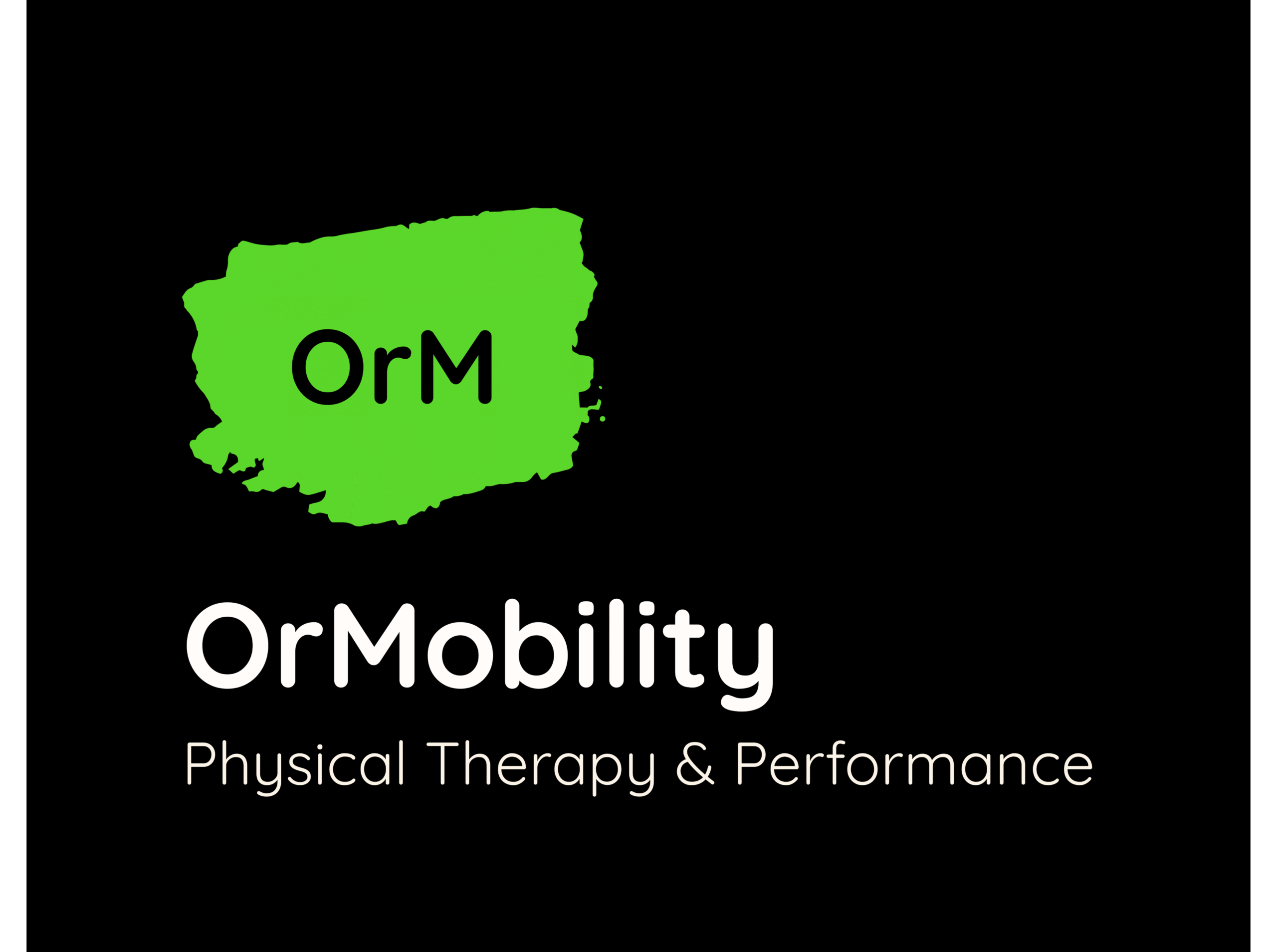Good nutrition is the foundation of a healthy and active lifestyle. Whether you’re looking to boost your physical performance, manage a chronic condition, or feel your best, setting clear and achievable nutrition goals can make a significant difference. Focusing on practical, actionable steps can improve overall health and create habits that fit seamlessly into your daily routine. This blog explores eight essential nutrition goals that are simple to incorporate and customizable to your needs. These goals support long-term health and well-being, emphasizing starting small, building momentum, and celebrating progress.
Why Setting Nutrition Goals is Important
Establishing nutrition goals helps you focus on specific actions that contribute to better health and well-being. Learning to set nutrition goals effectively ensures that your efforts are targeted and meaningful. Without clear goals, it’s easy to fall into unhealthy eating patterns that may lead to weight gain, fatigue, or chronic health issues.
Nutrition goals provide structure, making adopting and maintaining healthier habits easier. Incorporating health coaching into your routine can help you stay motivated and accountable as you pursue these goals. When aligned with SMART goals for nutrition (specific, measurable, achievable, relevant, and time-bound), these objectives pave the way for lasting results.
For example, reducing the intake of free sugars to less than 10% of your total energy intake, or even less than 5% for additional benefits, can significantly improve your diet quality. Moreover, combining good nutrition with physical activity can help maintain a healthy weight and reduce the risk of heart disease, diabetes, and stroke.
The 8 Nutrition Goals for Healthy Eating

Adopting healthy eating habits begins with setting clear and achievable nutrition goals for healthy adults. These eight nutrition goals provide practical steps to improve your overall well-being and make sustainable changes to your diet.
1. Fill Half Your Plate with Fruits and Vegetables
A diet rich in fruits and vegetables provides essential vitamins, minerals, and fiber while reducing your risk of chronic diseases. Aim for a variety of colors to ensure a broad spectrum of nutrients.
Research shows that eating more than five servings of fruits and vegetables daily can lower the risk of coronary heart disease and stroke by roughly 20%. Don’t hesitate to request an appointment with a nutrition professional for personalized support in achieving this goal.
2. Consume Lean Protein Sources
Lean proteins, such as poultry, fish, beans, tofu, and eggs, are essential for building and repairing tissues. They also help maintain muscle mass and keep you feeling full longer.
Incorporate lean protein into every meal, balancing it with fruits, vegetables, and whole grains for a well-rounded plate. Protein-rich snacks, like Greek yogurt or hummus with veggies, can also help sustain energy levels throughout the day.
3. Prioritize Whole Grains
Whole grains, such as quinoa, brown rice, whole wheat bread, and oats, are excellent sources of fiber and nutrients. Unlike refined grains, they retain all the grains’ parts, offering sustained energy and improved digestion.
Start small by swapping refined grains for whole-grain alternatives. For instance, choose whole wheat pasta instead of regular pasta or brown rice instead of white rice.
4. Limit Processed Foods
Processed foods are often high in added sugars, sodium, and unhealthy fats, which can contribute to weight gain and chronic health issues.
Reducing processed foods doesn’t mean eliminating all convenience items; instead, focus on minimally processed options. When shopping, read nutrition labels and aim for products with fewer ingredients and less added sugar.
5. Switch to Fat-Free or Low-Fat Milk
Dairy products are rich in calcium, protein, and other essential nutrients, but full-fat options can be high in saturated fat. Choosing fat-free or low-fat milk, yogurt, and cheese helps reduce calorie and fat intake while retaining the nutritional benefits.
If you’re lactose intolerant or prefer plant-based options, fortified almond, soy, or oat milk can be great alternatives.
6. Drink Water Instead of Sugary Beverages
Sugary drinks, such as sodas, energy drinks, and sweetened teas, are a significant source of empty calories. Replacing these with water supports hydration without adding extra sugar or calories.
Try infusing water with fresh fruit, cucumber, or mint to make water more appealing. As part of your health coaching journey, consider setting a goal to drink at least eight glasses of water daily.
7. Eat More Seafood
Seafood is an excellent source of lean protein and omega-3 fatty acids, which promote heart health and reduce inflammation. Aim to include seafood in your diet at least twice a week.
Examples include salmon, tuna, sardines, and shellfish like shrimp and mussels. If fresh seafood isn’t accessible, canned or frozen options can be equally nutritious.
8. Reduce Solid Fats in Your Diet

Solid fats, such as butter, margarine, and shortening, are high in saturated fats and can increase the risk of heart disease when consumed in excess.
Replace solid fats with healthier alternatives like olive, avocado, or nut butter. When cooking, bake, grill, or steam foods instead of frying to reduce fat intake further.
At OrMobility Physical Therapy & Performance, we are committed to helping individuals achieve their health and wellness goals. Whether you want to improve your diet, enhance physical performance, or manage a chronic condition, our expert team offers personalized guidance and support. By integrating effective nutrition strategies with physical activity, we aim to empower you to take control of your health journey.
Conclusion
Improving your nutrition doesn’t require drastic changes overnight. By focusing on these eight goals, you can create a sustainable, healthy eating plan that enhances your overall well-being. Small, consistent efforts can lead to meaningful and lasting results over time. Start with manageable steps, stay committed, and celebrate your progress toward a healthier lifestyle.
FAQs
What is the goal of nutrition?
The goal of nutrition is to ensure that the body gets the essential nutrients required for optimal health and daily functioning. This includes supporting a healthy weight, minimizing the risk of chronic diseases, and improving overall vitality.
What is the main focus of nutrition?
The main focus of nutrition is maintaining a balance between macronutrients like carbohydrates, proteins, and fats and micronutrients like vitamins and minerals. This balance is vital for both physical well-being and mental health.
What is an example of a nutrition goal?
An example of a nutrition goal is eating at least five servings of fruits and vegetables daily. This habit helps reduce the risk of chronic conditions like heart disease and promotes better overall health.


